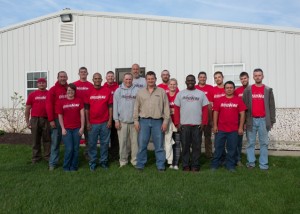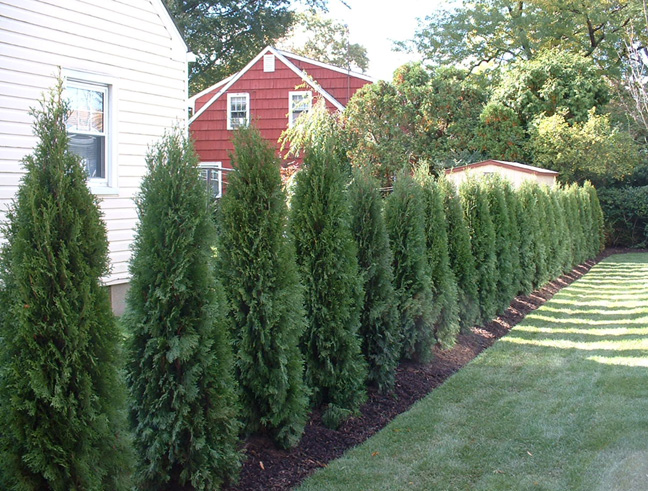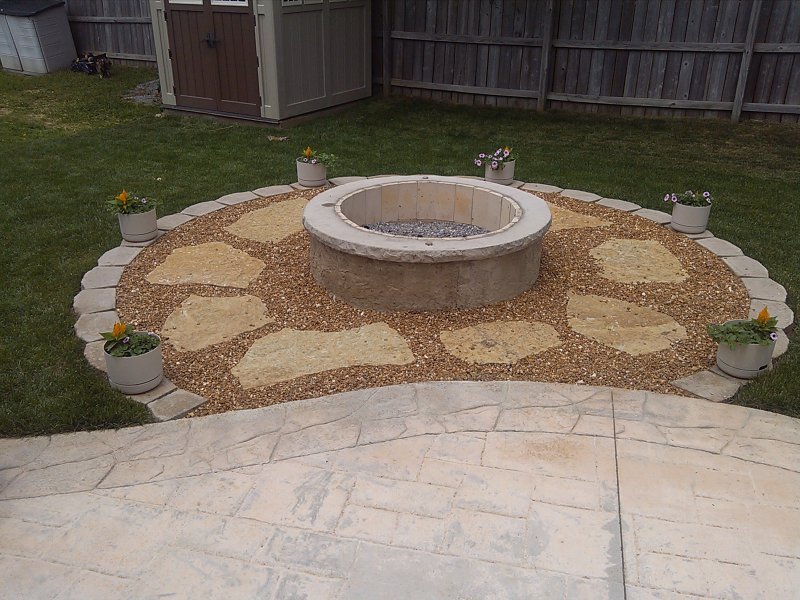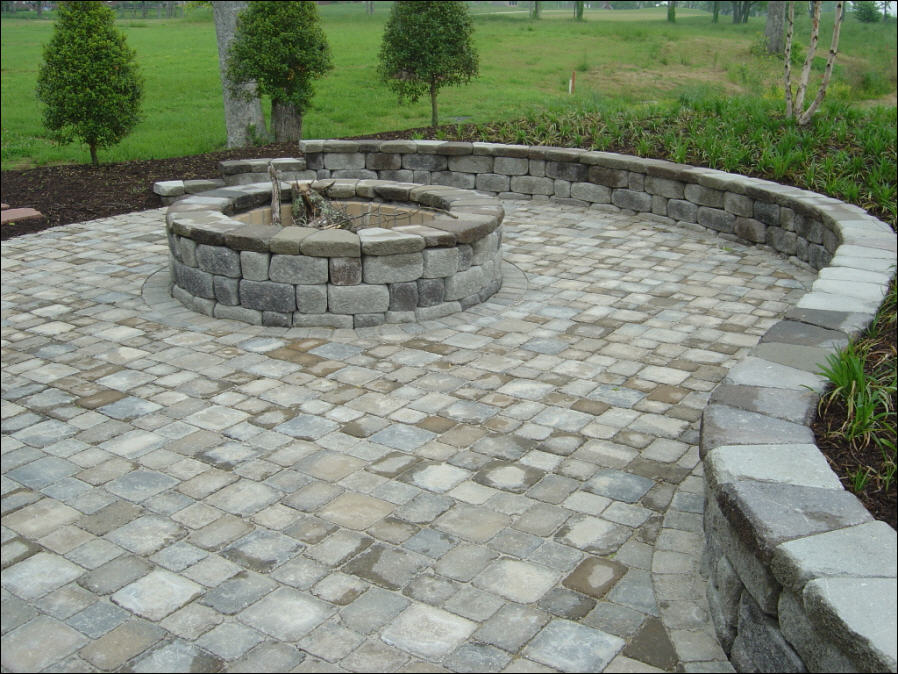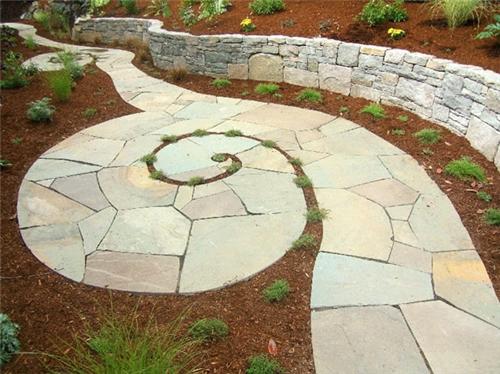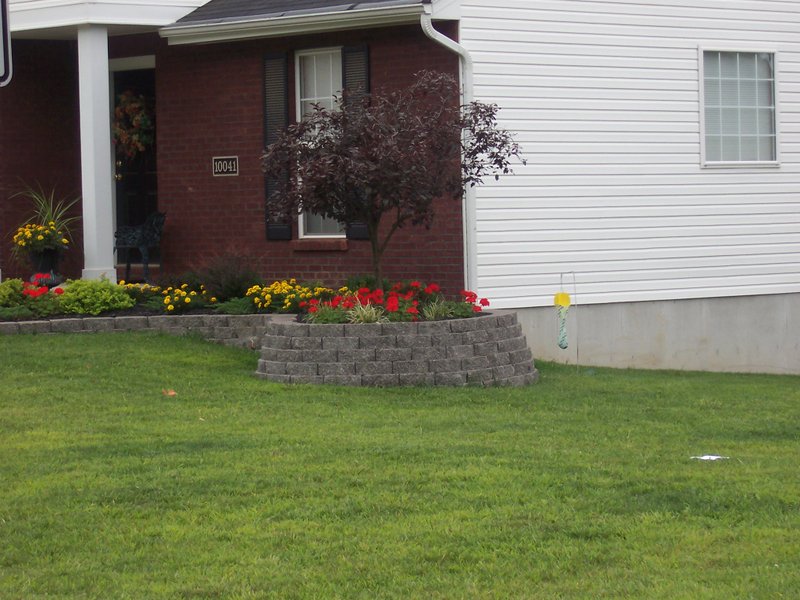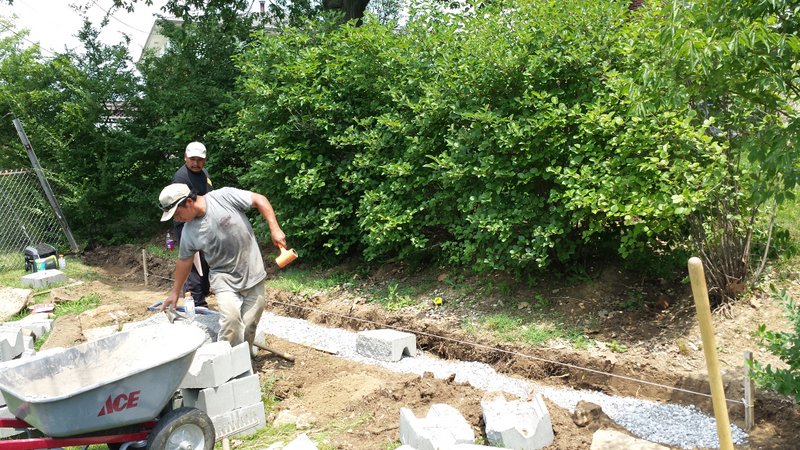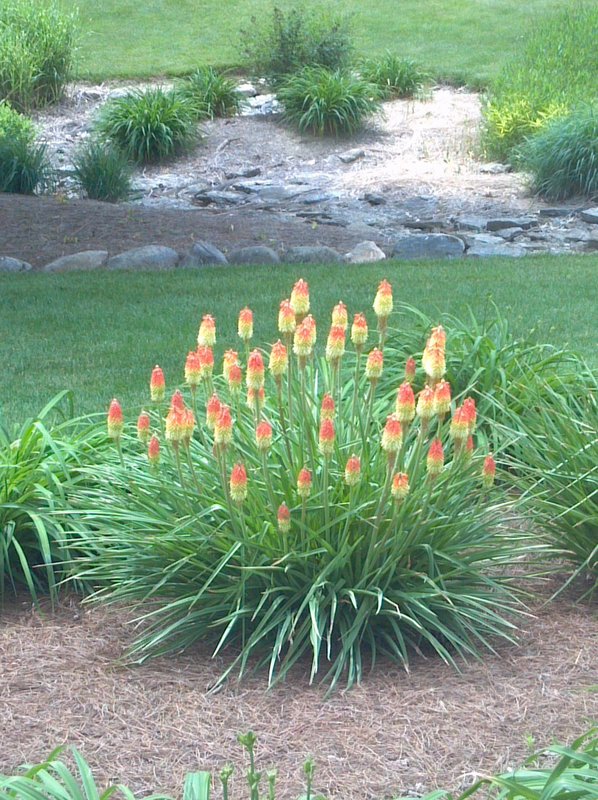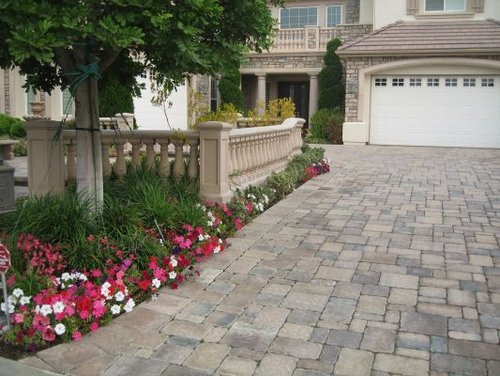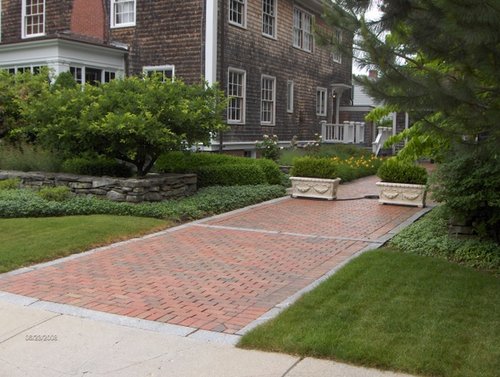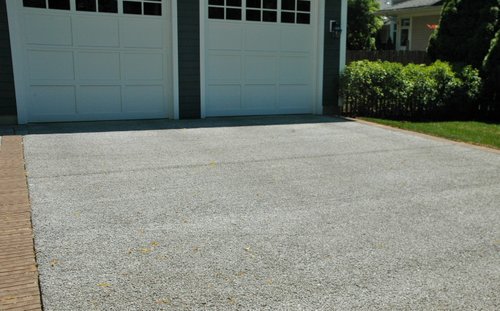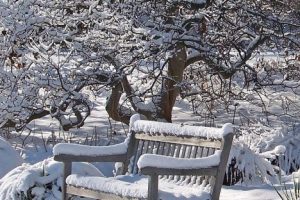 Cold temperatures can damage plants in several ways. Plants that are not hardy will be killed or injured during the winter unless protected. Injury is more prevalent and more severe when low temperatures occur in early fall or late spring, when there is little or no snow cover during the winter or when low temperatures are of prolonged duration.
Cold temperatures can damage plants in several ways. Plants that are not hardy will be killed or injured during the winter unless protected. Injury is more prevalent and more severe when low temperatures occur in early fall or late spring, when there is little or no snow cover during the winter or when low temperatures are of prolonged duration.
How to Avoid Common Winter Tree and Shrub Dangers
Sun scald is characterized by elongated, sunken, dried, or cracked areas of dead bark, usually on the south or southwest side of a tree. On cold winter days, the sun can heat up bark to the point where cambial activity is stimulated. When the sun is blocked by a cloud, hill, or building, bark temperature drops rapidly, killing the active tissue. Orchard managers often paint tree trunks with white latex paint to reflect the light and keep the bark cool. You may not want white trunks in your landscape. Instead, you can warp the trunk for the winter with removable light colored tree wrap, or create shade with a temporary fence, or by leaning a board against the south side of the tree for the winter.
Evergreen Damage
There are several ways to minimize winter injury to evergreens. The first is proper placement of evergreens in the landscape. Yew, hemlock, and arborvitae should not be planted on south or southwest sides of buildings or in highly exposed (windy, sunny) places. A second way to reduce damage is to prop pine boughs or Christmas tree greens against or over evergreens to protect them from wind and sun and to catch more snow for natural protection. Evergreen foliage can suffer desiccation damage from exposure to cold winter winds or from a failure to harden off completely before a sudden temperature drop in the fall. You can apply an anti-transpirant or anti-dessicant to evergreen foliage a couple times during the cold season to prevent moisture loss.
Ice and Snow Damage
Heavy snow and ice storms cause damage by bending and breaking branches relatively small trees can be wrapped together or the leaders tied with strips of carpet, strong cloth or nylon stockings two-thirds of the way above the weak crotches. These wrappings must be removed in spring to prevent girdling, and to allow free movement of the stem. Proper pruning, to eliminate multiple leaders and weak branch attachments, will reduce snow and ice damage. For trees with large wide-spreading leaders or large multi-stemmed trees, the main branches should be cabled together by a professional.
Root Damage
Tree roots do not like severe cold. When soil temperatures dip below about 15 degrees many roots will suffer damage or even die. Water well in the fall because moist soil holds heat better than dry soil. Mulch your trees for the winter. A 2-4 inch layer of mulch under new trees and shrubs will help insulate and prevent frost heaving, which can expose roots to cold air.
Animal Damage
Mice, rabbits (rodents), and deer can all cause severe damage to plants in the winter. These animals feed on the tender twigs, bark, and foliage of landscape plants during the winter. They can girdle trees and shrubs and eat shrubs to the ground line. Deer can cause significant injury and breakage by rubbing their antlers on trees during the fall. Try anti-deer fencing, motion activated lights and or repellents. You can also protect trunks of trees with tree guard or wraps.
Rules of Thump to Keep Your Trees and Shrubs Healthy Throughout this Winter
Plant hardy plants and it is usually best to purchase from local grower or consult with an experienced landscape profession about what species and cultivars are likely to thrive at your location. Avoid planting in locations where large amount of ice or snow are likely to accumulate or where snow plows move the snow. Avoid planting where road salt is likely to spray or wash into the soil. Do not prune after midsummer. Stop fertilizing six weeks before the first frost. And Moisture is a great help. Proper watering all year keeps plants healthy and helps them withstand winter weather.
Call the pros at Outer Image Outdoor Services to help you do your landscaping right the first time! We help our residential and commercial clients with their landscaping everyday!
Contact us (859-689-0076) for a free consultation!
—
About Outer Image Outdoor Services
Outer Image Outdoor Services provides residential and commercial landscaping services to the Northern Kentucky & Greater Cincinnati Area and has more than 20+ years of experience. We provide prompt and thorough service to our customers and treat them like neighbors!
>> Learn More





